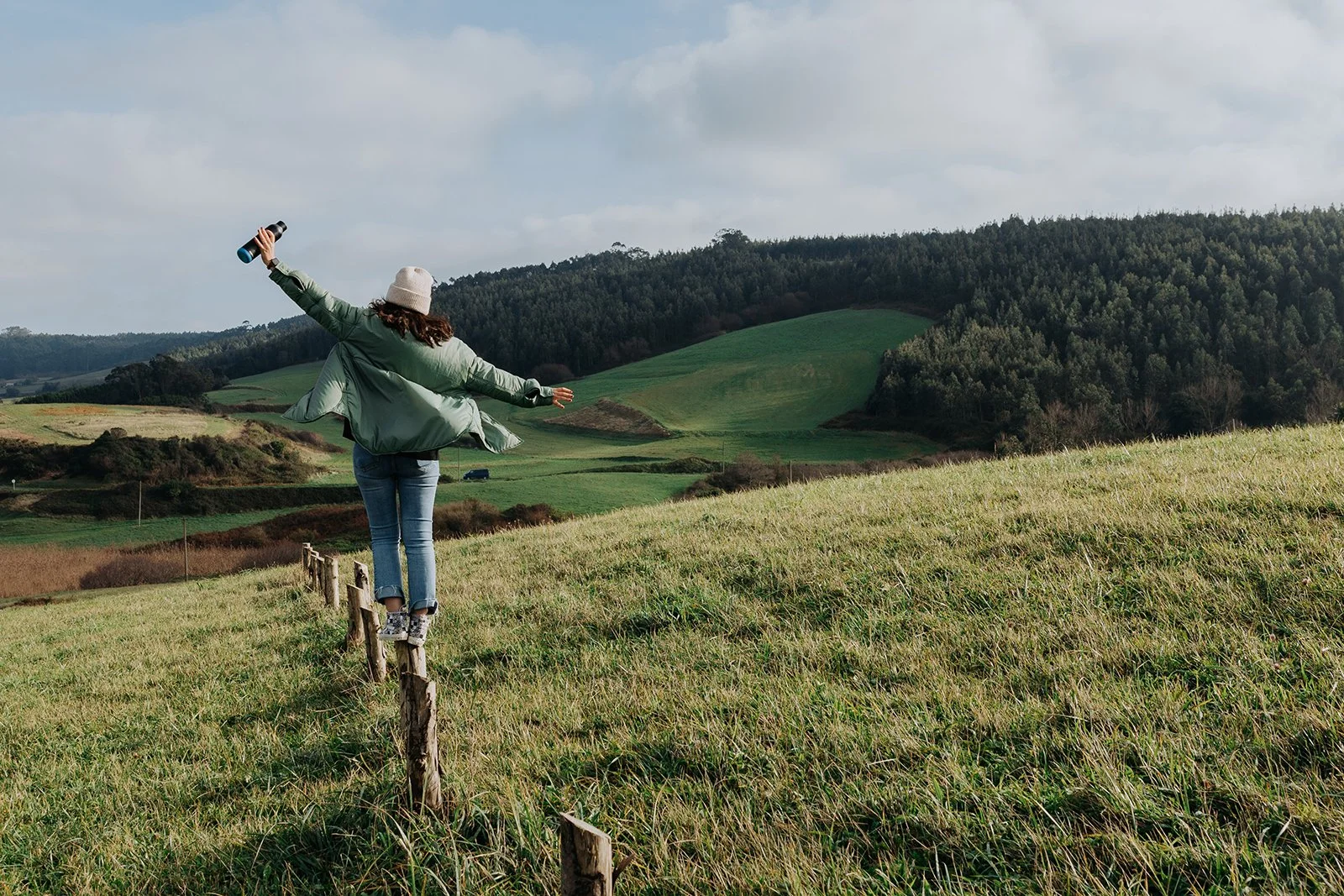Sanctuary and Sustainability
The concept of sustainability is one that I’m hearing more and more about. In fact, as you read this, I will have finished speaking as part of a panel discussion at the High Point Furniture Market on this very subject just the day before. But what does it really mean exactly? Let me share with you what it means to me.
When people in the world of interior design say “sustainability,” that usually refers to using products that come from sustainable sources. For example, using bamboo as a base material for furniture could be considered more sustainable than using wood from rare, rainforest trees. Bamboo can be (and many times is) replanted easily, it grows quickly and is thus considered a renewable resource. The same can be said of solar power when compared to energy and fuel generated from coal or natural gas. Sustainability is a buzz word on the lips of many people these days, especially as we continue to encounter the symptoms of a climate in crises.
But I have another take on sustainability that I’d like to share because it’s an important one to the concept of sanctuary and living a sanctuary-focused life. It involves looking at various aspects of our own lives to see if they are sustainable for us. If you’re wondering what kinds of aspects I am referring to, I’m thinking specifically about work and stress. I’ve had a lot of both lately and I’m sure that’s why it feels important to share. So, to illustrate what is a sustainable approach, I’m going to start by suggesting what, at least for me, is not sustainable. .
Taking on other people’s drama.
Carrying around the energy of conflict
Emotional involvement in decisions that do not call for it
Staying up way too late binge watching, oh say…Bridgerton? (if you’re thinking “but it’s sooooooo good,” you’re not alone)
Opening my email first thing when I get up in the morning to see what fires were lit overnight.
Scrolling through social media mindlessly as I try to unwind from a long day.
Thinking I’m too busy to exercise.
I could go on, but I think you catch the gist of what I’m trying to say. None of these activities promote a nurturing, sustainable approach to living. None of these things enriches my mind and soul, which is what I really need. If anything, they make me feel even more strung out. But if these things are not helpful, what is?
Getting enough sleep — when sleep is difficult and I wake at odd times, I meditate. It relaxes my mind and even if I can’t get back to a deep sleep, I am resting. Sometimes if I’m agitated enough to have to actually just get up super early and start my day, I start by walking my dogs and doing a short meditation. The magic comes when I lay down immediately following that and take a 10-15 minute nap. A nap AFTER meditation? Yes, you heard me right. My meditation teacher suggested it. That little, dozing snooze is deeply restful. Afterward, I feel almost like I got a full night’s sleep. You have to try it sometime.
Taking time for a walk outside (weather permitting) each day — moving our bodies relaxes our minds and time spent outside is always good for the soul. When I take time to notice the birds, the sunlight, the leaves and the trees, it fills my cup. I particularly like getting up before the sunrise and going outside to look at the sky. Observing the vastness of the cosmos, studded with planets and stars reminds me that I am part of something so much greater than myself. The agitating factors that woke me up early suddenly seem a lot smaller. This perspective is part of a more sustainable way to manage my stress and angst. You can’t beat a coping mechanism that is free and has zero calories.
Writing in my notebook before I open email or engage with my phone or computer sets me up for a good day and control of my own thoughts. This stream of consciousness writing suggested by Julia Cameron in The Artist’s Way helps me center myself and work through the dross that permeates my morning brain. It’s also a form of prayer, of creative thinking, of communing with the divine spark inside me.
I have other tools but this is a good start and I’m hoping it will encourage you to consider how sustainable you are with yourself, with your way of living in the world. It’s an interesting question, isn’t it?
I asked my husband Philip what he does for himself to encourage his own, personal sustainability and he gave me two strategies that he employs:
Allowing a bit of slack in his schedule between meetings and tasks to switch gears. He told me this allows him to shift his thinking, his perspective and to be more present in whatever he is doing. I loved that!
He also told me that taking a few minutes to stare out the window and “get his head out of the monitor” gives his mind a reset and a refresh. He mentioned that when he shifts his vision from the close-up computer to far away things, it eases his eyes and expands his thinking process.
I’d love to hear what YOU do (or even what you’d like to start doing) to encourage your own version of living and working in a way that is sustainable and meaningful to you. Share with me in the comments below — you know I love to be inspired!
With love and gratitude,
Lisa

